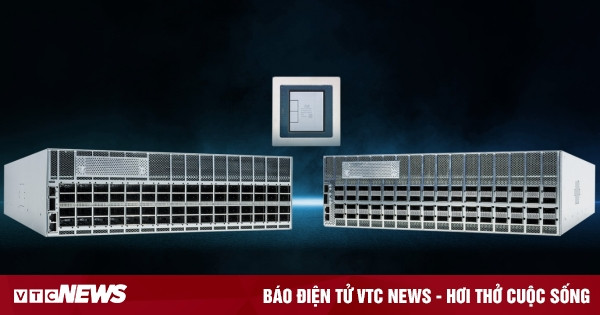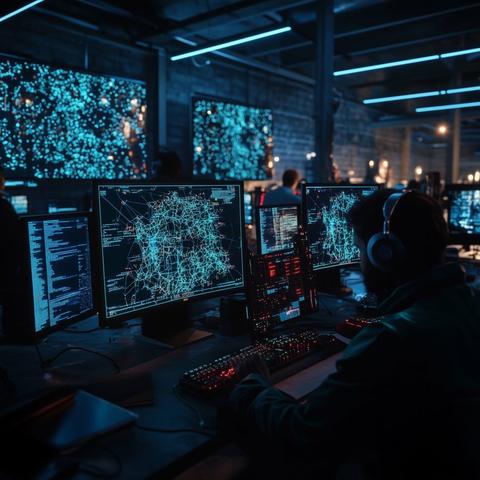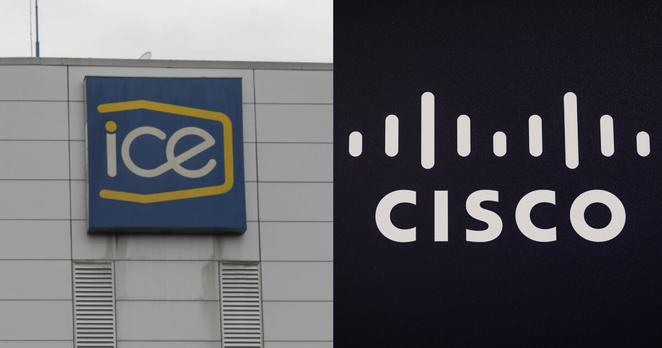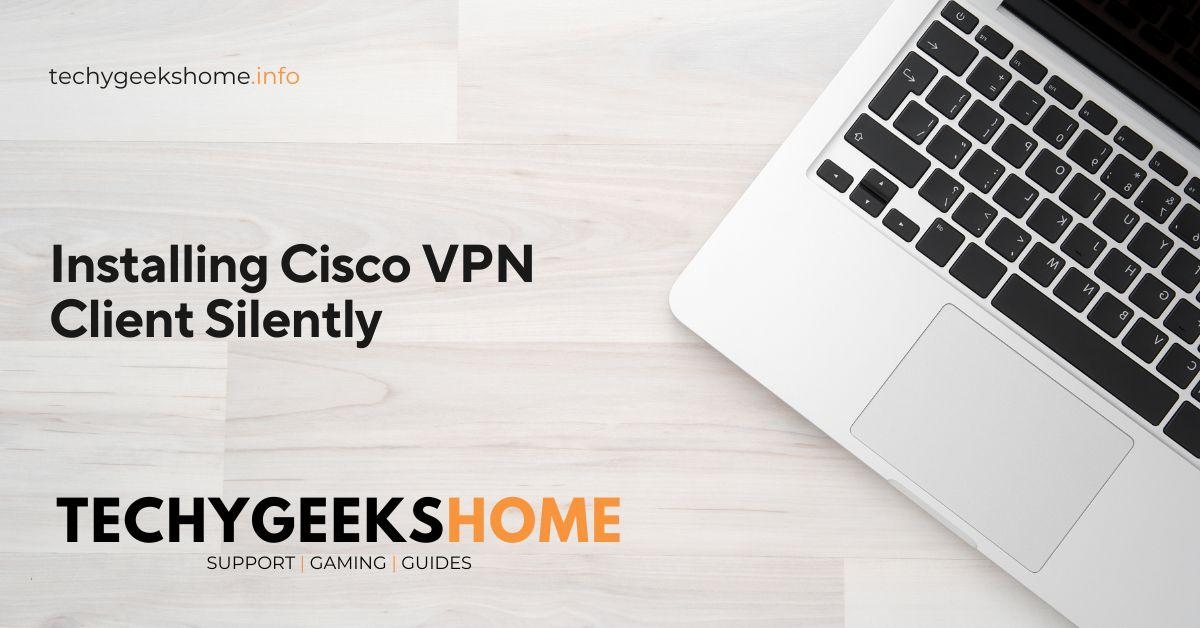Tylko 5% polskich firm jest w pełni gotowych na AI. Cisco ostrzega: sieć to wąskie gardło innowacji
Sztuczna inteligencja miała być autostradą do przyszłości, ale dla większości polskich firm może okazać się drogą pełną wybojów.
Z najnowszego raportu Cisco AI Readiness Index wyłania się niepokojący obraz: choć aż 85 proc. organizacji w Polsce planuje wdrożenie agentów AI, zaledwie 5 proc. posiada infrastrukturę, która jest na to w pełni gotowa. To wynik znacznie poniżej średniej światowej, która wynosi 13 proc.. Co gorsza, wskaźnik ten praktycznie nie drgnął od trzech lat, co sugeruje, że firmy chcą innowacji, ale ich zaplecze technologiczne – a w szczególności sieć – wciąż tkwi w poprzedniej epoce.
W debacie o sztucznej inteligencji zazwyczaj skupiamy się na mocy obliczeniowej procesorów i jakości modeli językowych, zapominając o kluczowym elemencie, jakim jest sposób przesyłania danych. Nowoczesne modele AI, działające w trybie ciągłym, wymagają nawet 100 razy większej przepustowości i mocy niż tradycyjne aplikacje. Dla wielu przedsiębiorstw tradycyjna sieć staje się więc wąskim gardłem. Opóźnienia, które w standardowej pracy biurowej są niezauważalne, w przypadku systemów AI działających w czasie rzeczywistym mogą być krytyczne dla powodzenia całego projektu. Grzegorz Dobrowolski, dyrektor ds. technologii w Cisco Polska, porównuje nowoczesną sieć do fundamentu budynku – bez solidnej, skalowalnej bazy, ambitne projekty AI po prostu runą.
Drugim, równie istotnym aspektem poruszonym w raporcie jest cyberbezpieczeństwo. Dane wykorzystywane do trenowania i obsługi AI mają ogromną wartość strategiczną, co czyni je łakomym kąskiem dla cyberprzestępców. Raport Cisco wskazuje, że aż 77 proc. firm doświadczyło poważnych awarii spowodowanych atakami lub błędami konfiguracji. W erze AI sieć przestaje być tylko kanałem do przesyłu danych, a staje się inteligentnym sensorem, który jako jedyny ma wgląd w każdy pakiet informacji przepływający przez organizację. To właśnie na poziomie sieci najskuteczniej można wykrywać anomalie i blokować zagrożenia, zanim dotrą one do wrażliwych danych.
Eksperci Cisco sugerują, że czas na półśrodki minął. Aby nie zostać w tyle, firmy muszą zainwestować w „autostrady AI” zdolne obsłużyć gigantyczne obciążenia oraz postawić na automatyzację, w której to agenci AI będą zarządzać siecią, tworząc samonaprawiające się systemy. Traktowanie sieci wyłącznie jako medium transmisyjnego, a nie aktywnego elementu tarczy ochronnej, to błąd, który może słono kosztować. Luka w gotowości technologicznej to poważne ryzyko biznesowe, a firmy, które teraz nie zainwestują w modernizację, za rok mogą nie być w stanie obsłużyć systemów, które same planują wdrożyć.
Cisco ostrzega: otwartym modelom AI brakuje cierpliwości. Długie rozmowy łamią ich zabezpieczenia
#aiReadinessIndex #bezpieczenstwoSieci #cisco #cyfrowaTransformacja #infrastrukturaIt #news #sztucznaInteligencja

 🇮🇹 🇬🇧
🇮🇹 🇬🇧










